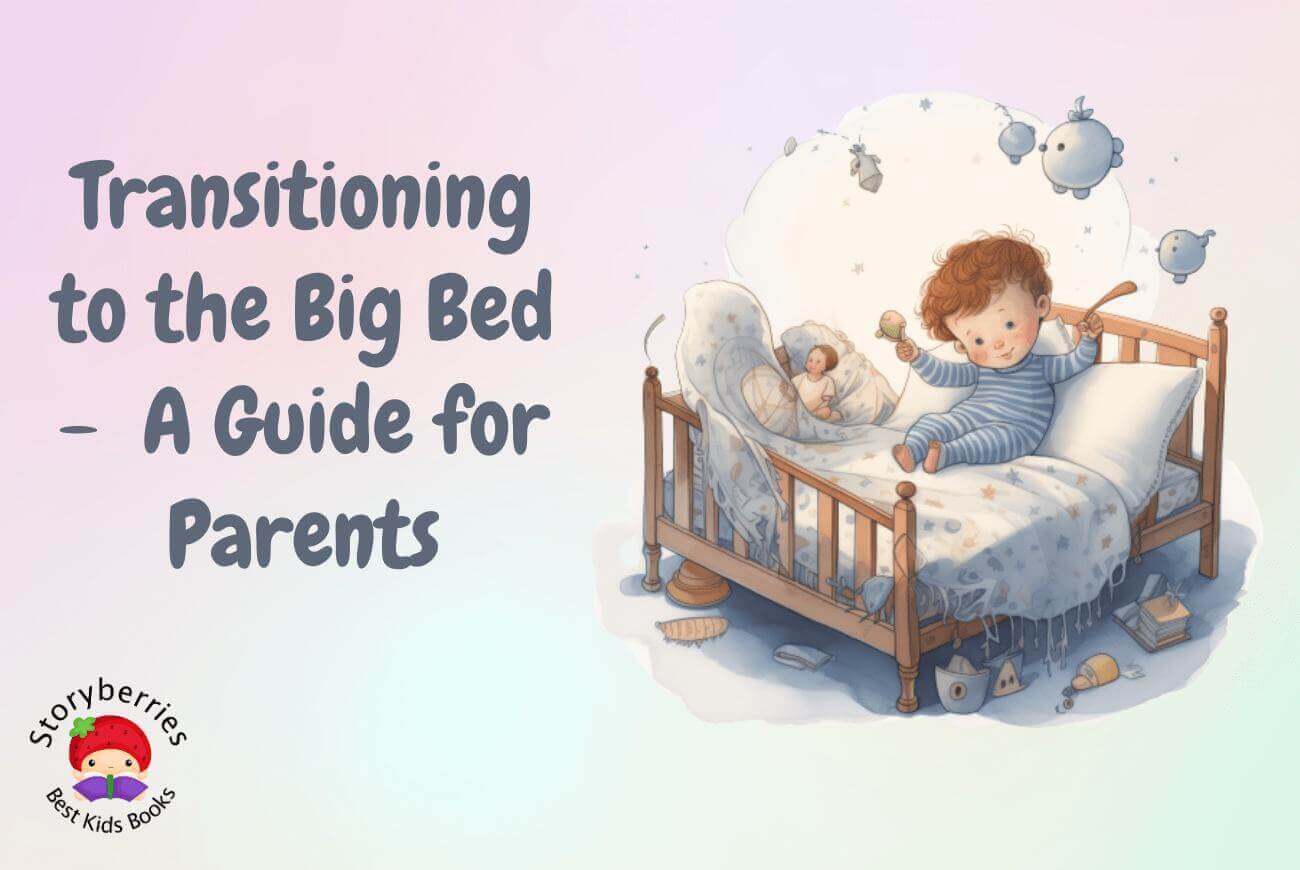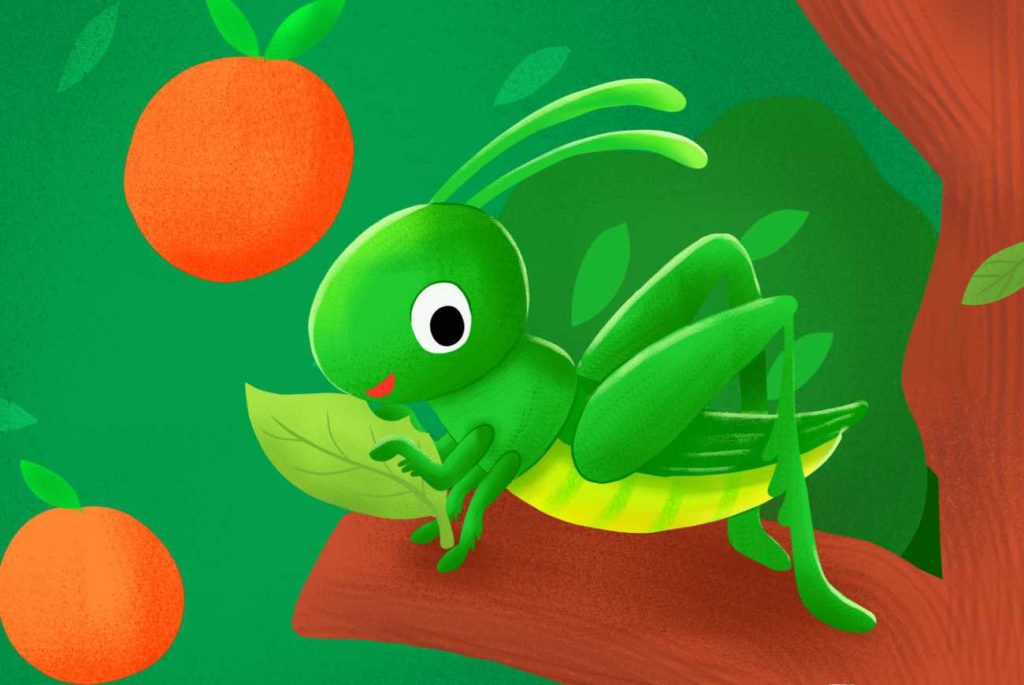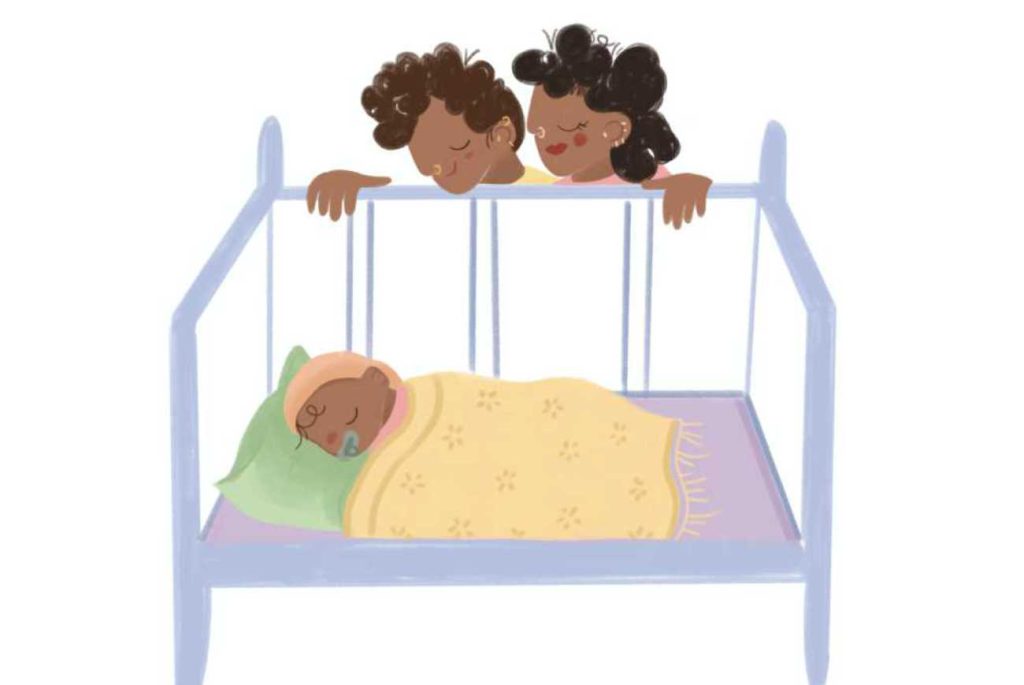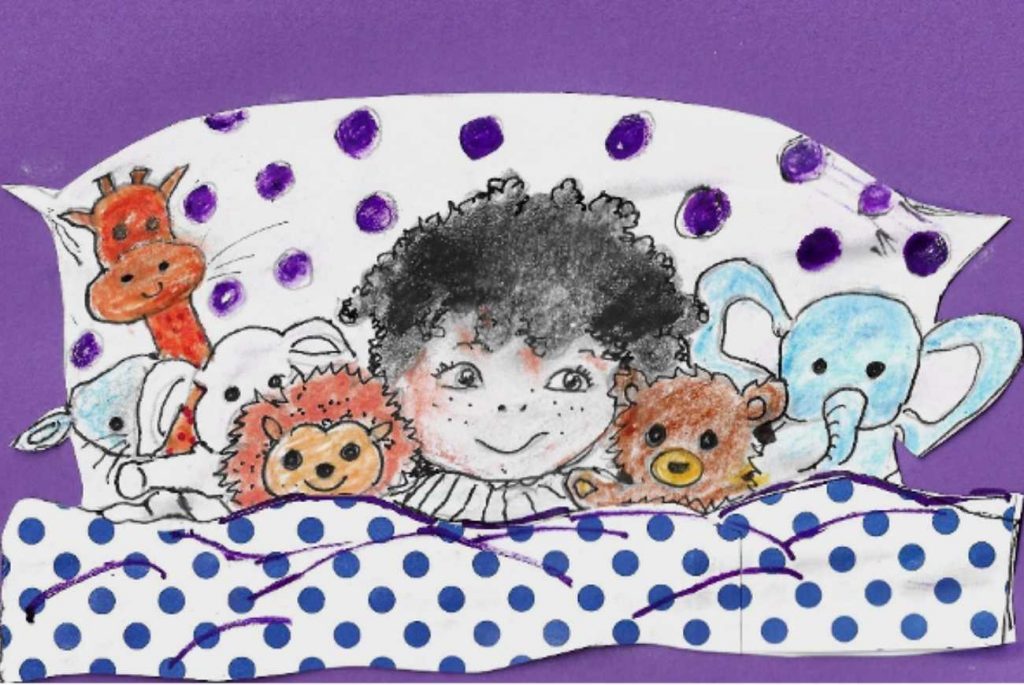Transitioning to the Big Bed: A Guide for Parents
Discover how to prepare your child emotionally for the transition from crib to their own bed. This guide provides practical tips and insights to make the process smoother.

Discover how to prepare your child emotionally for the transition from crib to their own bed. This guide provides practical tips and insights to make the process smoother.

The transition from crib to bed can be a confusing time for parents. Uncertainty about when to make the move can lead to hasty decisions or unnecessary delays. The primary concern is usually the child’s comfort and maintaining the sleep routine established during their early months. Undoubtedly, a good night’s sleep should be a priority for the entire family, with regular and consistent sleep routines for both parents and children.
Before making the transition, take the time to adjust the room and select a suitable bed. A child-friendly bed that appeals to your little one can encourage them to spend time in it. Fun-shaped beds, such as bus-shaped bunk beds or car-shaped beds, are always a hit with children. Brightly colored textiles (sheets, blankets, bedspreads, duvet covers, cushions, or pillows) add a splash of color. If they feature dinosaurs, princesses, or superheroes, success is almost guaranteed!
Safety should always be the top priority. Therefore, it’s important to install a guardrail to prevent your newly independent child from waking up on the floor.
Some children adapt easily to change, while others may find it challenging. Generally, children tend to be attached to their crib (or their parents’ bed) until about 36 months. This attachment is not just a matter of habit; there’s a significant emotional element at play, with feelings of comfort, security, protection, and tranquillity associated with it.
Here are some simple rules to help ease the transition:
Transitioning your child from a crib to a big bed is a significant milestone in their life and yours. It’s a process filled with mixed emotions, uncertainties, and challenges. However, with patience, understanding, and the right approach, it can also be a rewarding and memorable experience.
Remember, every child is unique and will adapt to changes at their own pace. It’s important not to rush the process or view any temporary return to the crib as a setback. Instead, see it as part of the journey. With time, your child will come to love their new bed and the independence it brings.
So, whether you’re just starting to think about making the transition, or you’re in the midst of it, keep these tips in mind. They’ll help ensure that the move to the big bed is a positive step forward for your child and the whole family. Happy transitioning!

The Three Doof Doofs
Do you hear creaky, spooky sounds in the house when you’re going to bed? Maybe it’s the Doof-Doofs!


A Grasshopper in my Bedroom
Hudson doesn’t want to sleep in his own bedroom. But someone else does… a funny grasshopper!
Sleep Sweetly, Little Light
A sweet lullaby, for sending tired little people to the most beautiful of dreams…


Rosie Posie and the Garden of Delights
Rosie Posie is called by the moon to explore her magical night-time garden.
Ten Cuddles In A Bed Are Too Many
Henrietta wants to sleep with ALL her favourite soft toys… how will she choose which ones to cuddle up with?

This article was written by Luzmery M. Romero Gamboa

Luzmery works in the area of clinical psychology as a psychotherapist for children, adolescents, and families. Since 2016, she has run a Psychological Center in Venezuela called Psicoluz. She offers workshop facilitations to parents, is involved in recreational activities for children, and has been working as a freelancer since 2017 performing online psychotherapy.
